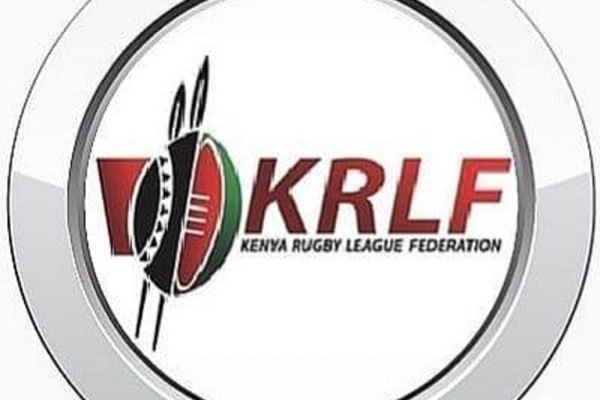How Rugby League was introduced in Kenya
9th February 2024
SportPesa News takes a look at the individuals who played a crucial part in the introduction of the sport in the country.

- Rugby League is a full-contact sport played by two teams of
thirteen players,
- It is one of the two major codes of rugby football, the other being rugby union.
- It originated in 1895 in Huddersfield, Yorkshire, England,
as the result of a split from the Rugby Football Union (RFU) over the issue of
payments to players.
Rugby League is among the contact sports that is gaining
attraction in different countries in Africa.
Despite its inception in 1895 in the Northern Part of
England, it took several decades before the unique sport was embraced in Kenya.
SportPesa News takes a look at the individuals who played a
crucial part in the introduction of the sport in the country.
Play
here and stand a chance of winning the over 349 Million SportPesa Mega Jackpot
Eddie Rombo & Eric Murungi
Edward Rombo, who is seen by many as one of Kenya’s greatest-ever
rugby players, played an instrumental role in the introduction of rugby league
in the country.
The Nairobi School alumni was the first Kenyan rugby player
to land a professional contract abroad in the early 1990s. He was signed by
United Kingdom-based club Rhinos FC after successfully undergoing trials.
The man who has previously served as Shujaa assistant coach
tried to introduce Rugby League in Kenya after his return from Europe in 2000.
Rombo joined forces with a Nairobi-based businessman called
Eric Murungi and began the process of creating awareness about the sport.
Under their watchful eyes, coaching sessions were
undertaken, clubs formed and a website created.
However, their efforts did not bear any fruit since the
teams collapsed without even playing a single game.
ALSO READ: Bling, Fadhee, Sewe: The Kenya 7s Bench Brewed Over 18 Years of Friendship
Caroline Jamieson & Glen Jamieson
Caroline Jamieson and his husband Glen Jamieson came up with
an awesome plan to introduce Rugby League in Kenya in 2013.
The duo started programs in the country that focused on
youths from poor backgrounds and made some of them fall in love with Rugby
League.
Within a short period, they began to reap big from their
noble effort since the sport began to get the attention of most Kenyans.
A national federation and league were later formed and even
star players were selected to represent the country in international events.
ALSO READ: Exclusive: How Benson Omalla’s deal to Algeria broke down last
minute
The national men’s side made its international debut in a
match against Italy in March, 25, 2014. Kenya outclassed the European side in a
game which was staged in Watamu, beating them 34-24.
Several years later, the East African nation went on to
feature in its first-ever international tournament at the 2022 Middle East Africa (MEA)
Championships held in Accra, Ghana, where they bagged a bronze medal in the
process.
Some of the men’s team that take part in the Kenya Rugby
League Premiership include Centurion, AP Warriors, Sharks, Wolves and Ruffians.
A women's league also exists with the likes of Sharks and AP Warriors having teams that compete with others across the country.
ALSO READ: Transfer Wrap: Gor Mahia, Ingwe add firepower as relegation-threatened clubs overhaul squads
Quick facts about rugby league
Rugby League is a full-contact sport played by two teams of
thirteen players,
It is one of the two major codes of rugby football, the
other being rugby union.
It originated in 1895 in Huddersfield, Yorkshire, England,
as the result of a split from the Rugby Football Union (RFU) over the issue of
payments to players.
In rugby league, a try is worth 4 points.
Field goals or drop goals can be attempted from the hand at
any time for a single point, and following a successful try, the scoring team
gains a free kick to try at goal with a conversion worth a further two points.
Penalty kicks at goal, known simply as penalties, may also be awarded for general foul play, and are also worth two points. Unlike drop goals, penalty kicks and conversions are taken from the ground, with the ball usually set in a kicking tee, and the opposing team not allowed to directly challenge the kicker.
ALSO READ: SportPesa launch Valentine’s campaign with 14,000 up for grabs
daily
